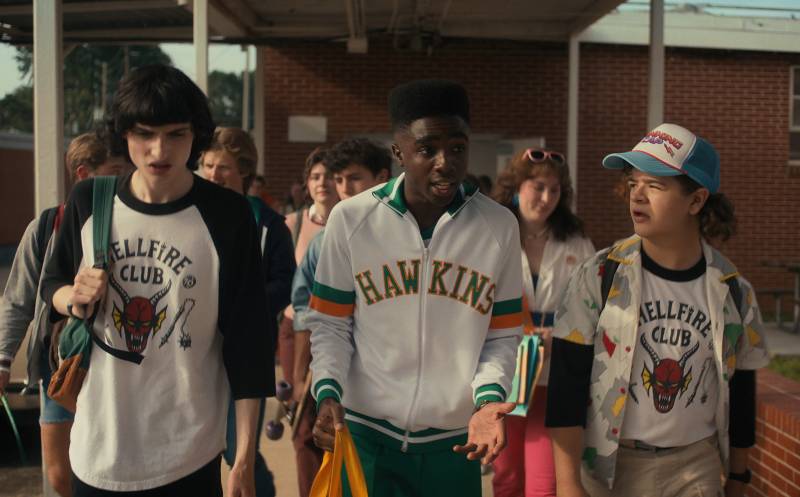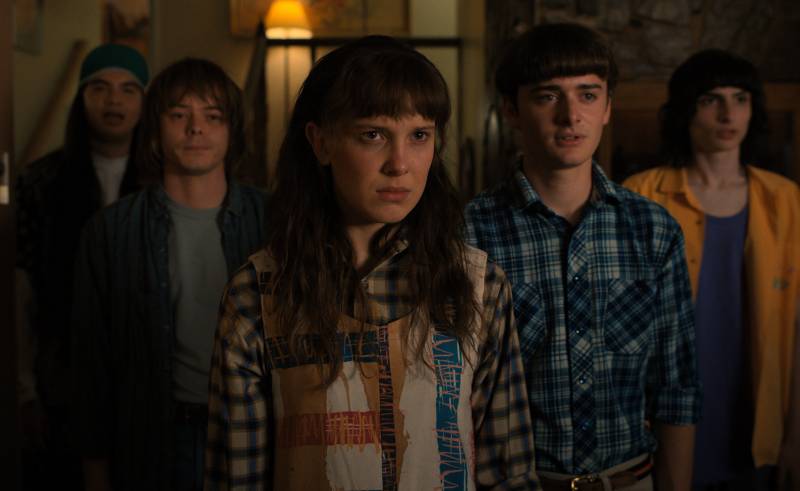In the first season of Stranger Things, being 12 years old was a moment of suspension in air. Mike and Dustin and Lucas and Will (Finn Wolfhard, Gaten Matarazzo, Caleb McLaughlin and Noah Schnapp) were flying off the cliff of their little-kid years, feeling the ground no longer under them. They were old enough to be alone together, young enough to want their parents, old enough to keep secrets, and young enough to fear straying too far. They were children until they saw monsters, and the monsters were the gravity that knocked them to the ground.
It’s a hard kind of beauty to maintain. That weightlessness, for those who are ever fortunate enough to experience it, is temporary, especially for kids who love fiercely and care about everything, the way these kids do. And despite the show’s insistence that the events of its fourth season are taking place three years or so after the events of its first (and six months after its third), the actors have aged almost six years since the show began. They’re six of the really wild years, too, when shoulders broaden and voices drop and limbs seem to narrow and stretch past the ends of sleeves and pant legs in the space of a single day. It is written on their bodies that they have hit the ground and been changed.


9(MDAxOTAwOTE4MDEyMTkxMDAzNjczZDljZA004))

